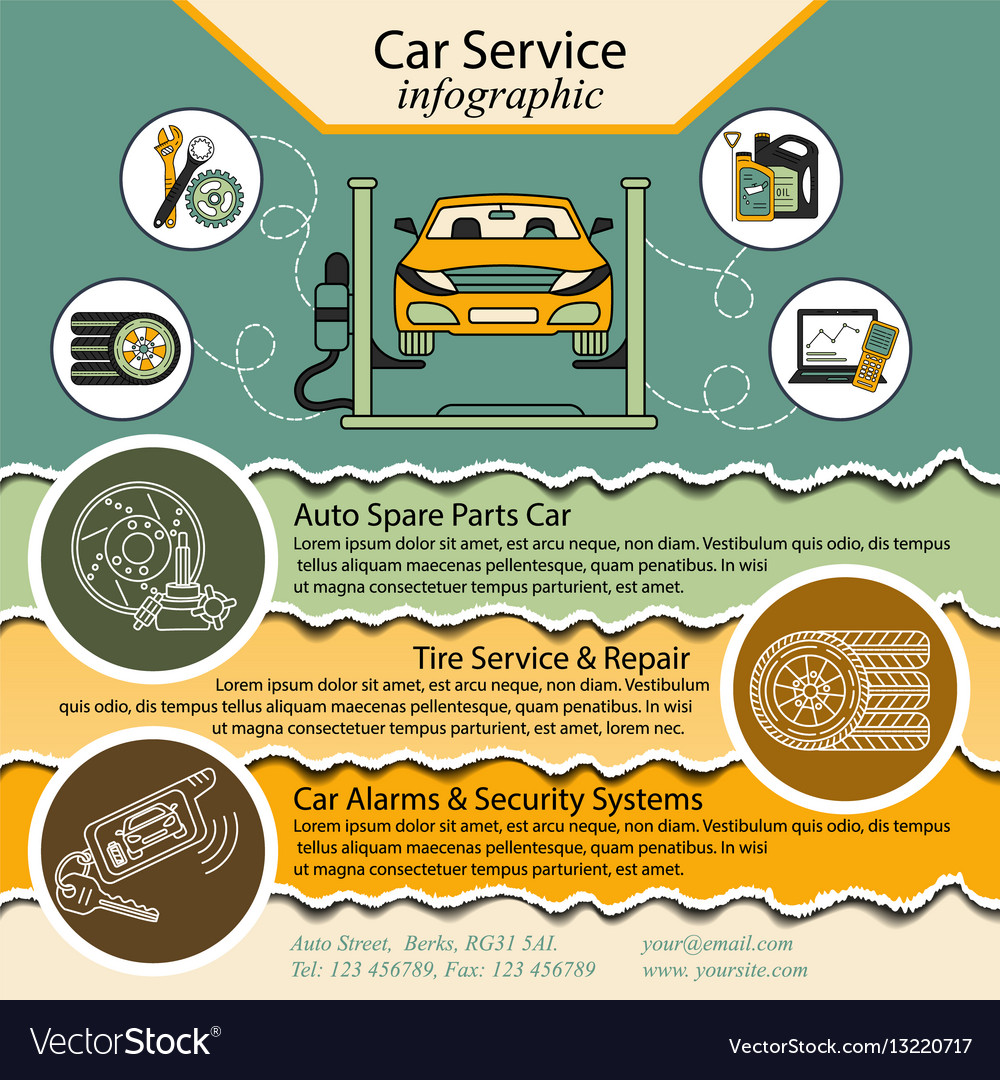Looking For Clarity On The Warning Lights Showed On Your Cars And Truck'S Control Panel? Figure Out Just How They Relate To Your Lorry'S Health And Safety
Looking For Clarity On The Warning Lights Showed On Your Cars And Truck'S Control Panel? Figure Out Just How They Relate To Your Lorry'S Health And Safety
Blog Article
Material Created By-Lauritsen Corbett
When you're behind the wheel, those glowing warning lights on your dashboard can be a bit perplexing. Do you understand what they're trying to inform you concerning your car's health? Understanding the relevance of these lights is important for your safety and security and the long life of your car. So, the following time among those lights turns up, wouldn't you intend to decipher its message properly and take the necessary actions to address it?
Common Caution Lighting and Interpretations
Determine typical warning lights in your automobile and recognize their definitions to make sure safe driving.
One of the most regular warning lights consist of the check engine light, which signifies issues with the engine or emissions system. If this light comes on, it's crucial to have your car examined without delay.
The oil pressure advising light shows low oil pressure, calling for prompt focus to avoid engine damages.
A blinking battery light may recommend a malfunctioning billing system, possibly leaving you stranded if not addressed.
The tire stress monitoring system (TPMS) light signals you to reduced tire pressure, impacting lorry security and gas effectiveness. Neglecting this could cause dangerous driving problems.
The abdominal light indicates an issue with the anti-lock braking system, jeopardizing your capability to quit swiftly in emergency situations.
Finally, the coolant temperature level alerting light warns of engine overheating, which can cause extreme damages otherwise fixed quickly.
Understanding https://brakefluidprice39517.ttblogs.com/9828313/a-key-resource-highlighting-the-crucial-devices-in-every-car-repair-service-workshop-clarifying-the-techniques-for-reliable-car-care will help you resolve problems promptly and keep secure driving conditions.
Significance of Prompt Interest
Recognizing the usual caution lights in your vehicle is only the primary step; the value of quickly addressing these cautions can't be highlighted enough to guarantee your safety and security when traveling.
When a caution light brightens on your control panel, it's your vehicle's means of connecting a potential issue that needs attention. Disregarding https://best-oil-change-near-me39516.blogacep.com/35453914/is-there-any-kind-of-hesitation-on-your-part-regarding-the-result-of-car-describing-on-your-vehicle-s-resale-worth can cause much more severe issues later on, endangering your security and potentially costing you a lot more out of commission.
Prompt focus to advising lights can prevent failures and accidents. For https://www.cbtnews.com/should-your-service-department-consider-using-automated-vehicle-inspections/ , a flashing check engine light can suggest a misfire that, if left ignored, can create damages to the catalytic converter. Resolving this without delay can save you from a costly repair work.
Similarly, a brake system cautioning light could signify reduced brake liquid or used brake pads, crucial elements for your safety and security when driving.
Do It Yourself Troubleshooting Tips
If you discover a warning light on your dashboard, there are a few do it yourself fixing tips you can attempt prior to seeking specialist aid.
carwashinauckland is to consult your vehicle's manual to understand what the details warning light indicates. Sometimes the issue can be as simple as a loosened gas cap activating the check engine light. Tightening up the gas cap may settle the issue.
An additional typical issue is a low battery, which can set off various warning lights. Examining the battery connections for rust and guaranteeing they're safe might take care of the issue.
If a caution light persists, you can attempt resetting it by separating the car's battery for a few mins and then reconnecting it. In addition, examining your automobile's liquid degrees, such as oil, coolant, and brake fluid, can aid fix cautioning lights related to these systems.
Final thought
In conclusion, comprehending your car's caution lights is necessary for maintaining your automobile running efficiently and securely. By without delay addressing these informs and understanding what they indicate, you can avoid costly repair services and possible breakdowns.
Remember to consult your automobile's handbook for particular details on each cautioning light and act appropriately to make sure a hassle-free driving experience.
Keep informed, stay secure on the road!
